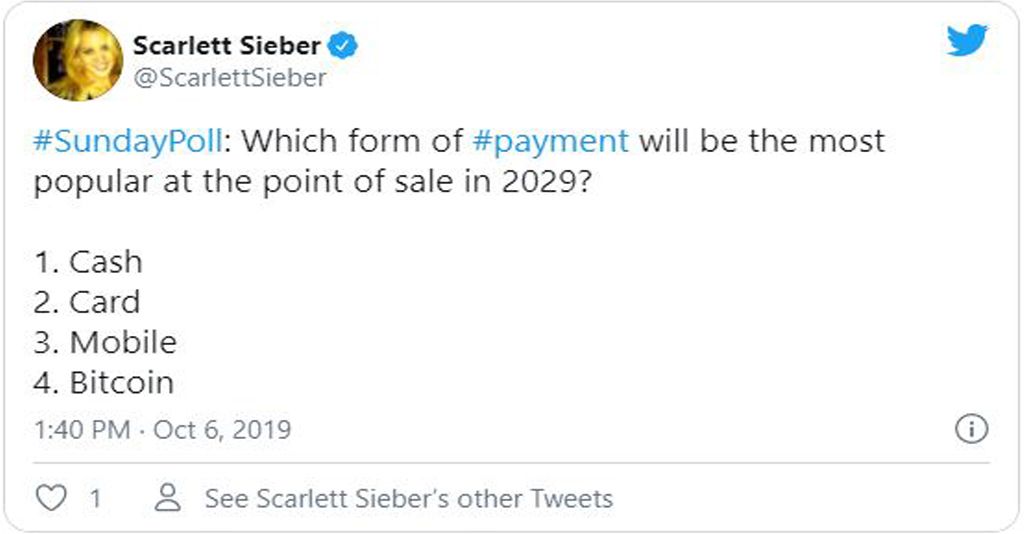Retaining Role in Payments Means Harder Fight for Small Banks
COVID-19 underscored the growing importance of payment apps and other contactless methods. Smaller financial institutions must find ways to maintain a role in this area or risk ceding it to the likes of Starbucks, Apple and Google.
The payments landscape as we know it has grown more complicated than ever, with numerous players participating in the process as consumers and business owners adopt new methods of paying for goods and services.
This is especially true in the ongoing pandemic landscape, with many stores requiring either cards or contactless payment methods for shoppers, in order to reduce person-to-person contact.
A survey, “North America Online Payment Methods 2020 & COVID-19’s Impact,” shows that nearly one-third of American consumers became first-time users of contactless payments during the pandemic, and the majority of them planned to continue making contactless payments post-COVID-19. As such, contactless payments in the U.S. are projected to increase eight-fold between 2020 and 2024.
Opportunity Knocks … And Maybe Just in Time
The evolving new normal is pushing consumers to adopt these changes more rapidly than expected. This opens up tremendous opportunities for banks and credit unions.
The payments shift started pre-pandemic with person-to-person payments significantly increasing over the last year and more. Zelle usage bypassed Venmo as the product of choice in April 2020, with over 800 financial institutions contracted and over 7,000 already participating in the Zelle Network. This means Zelle reaches an estimated 86 million users — over a quarter of U.S. population.
The original creators of the payment landscape, banks and credit unions, are now being challenged by retailers, fintechs and technology providers. All of them are competing for consumer’s attention for everything from money movement to making payments and, soon, paying bills.
The upside for the banks and credit unions is that with great attention comes great opportunities. The question then becomes how can the traditional institutions win back their piece of the payments pie and stay ahead of the competition?
Financial organizations must respond to this challenge by creating easier-to-use mobile platforms, providing more options for money movement, and increasing customer value by focusing on product innovation.
And they must do this soon.
Keep reading on The Financial Brand.
Subscribe to CCG Insights.








